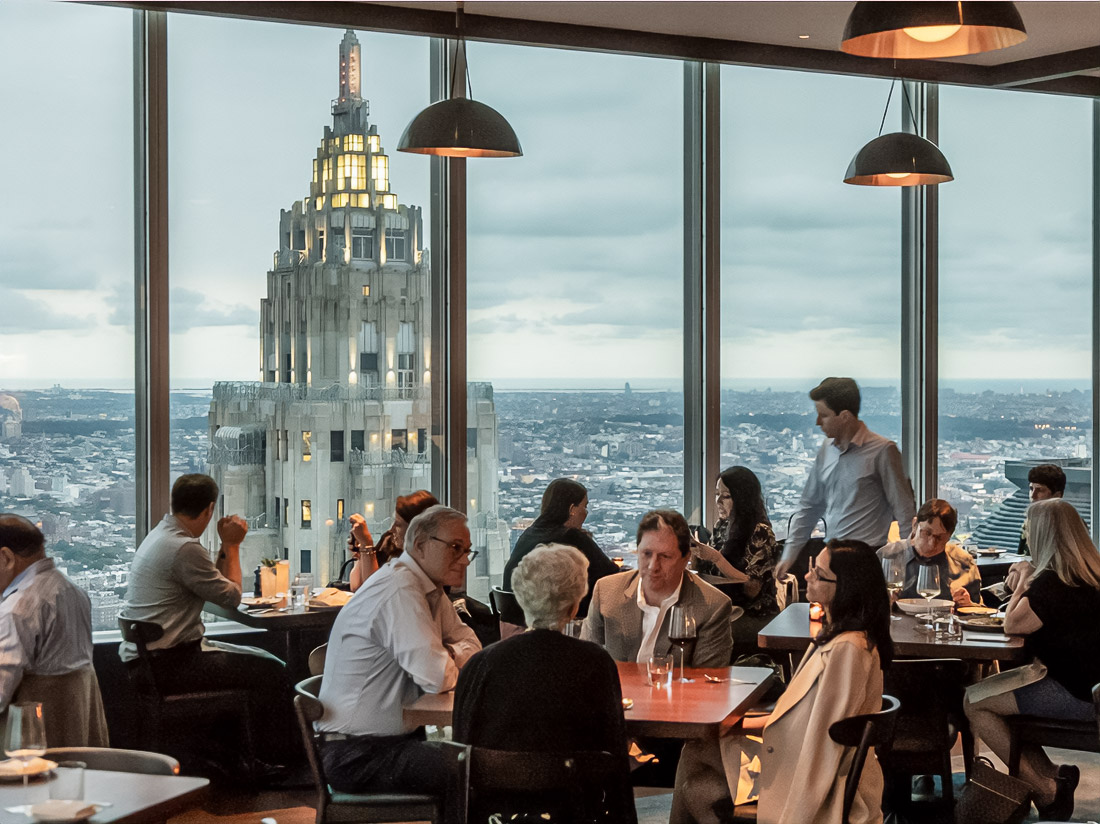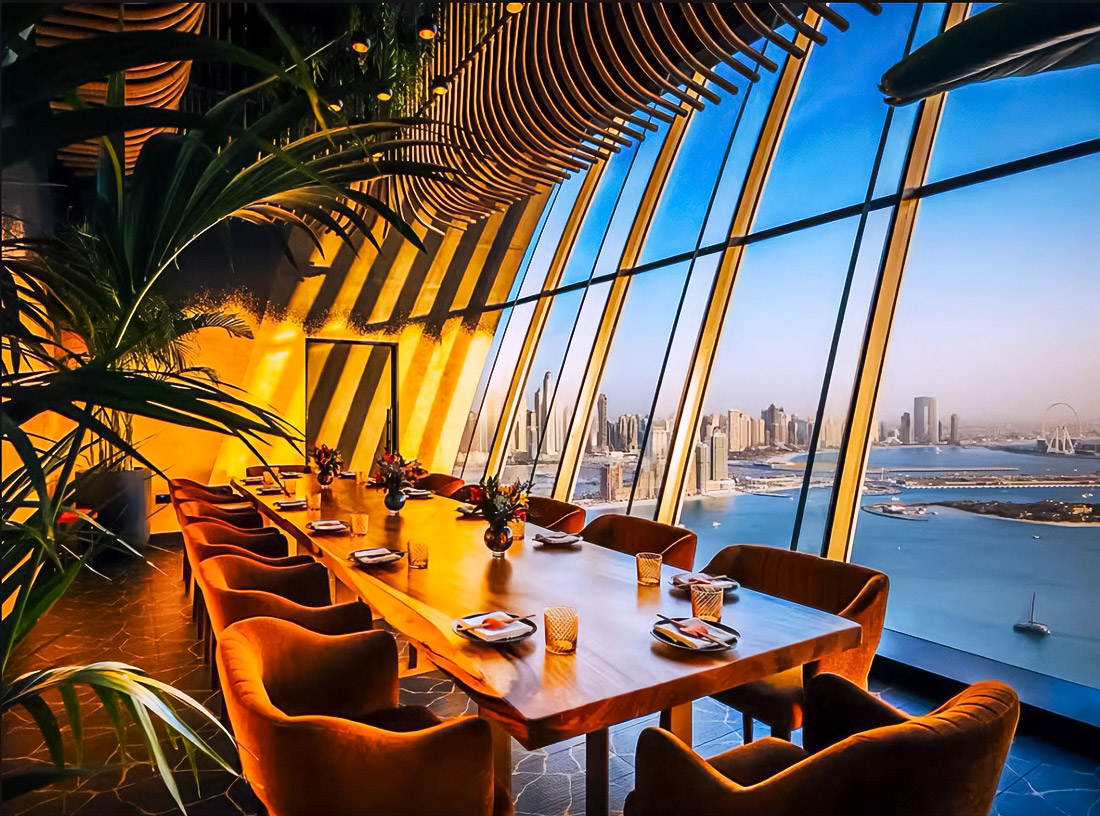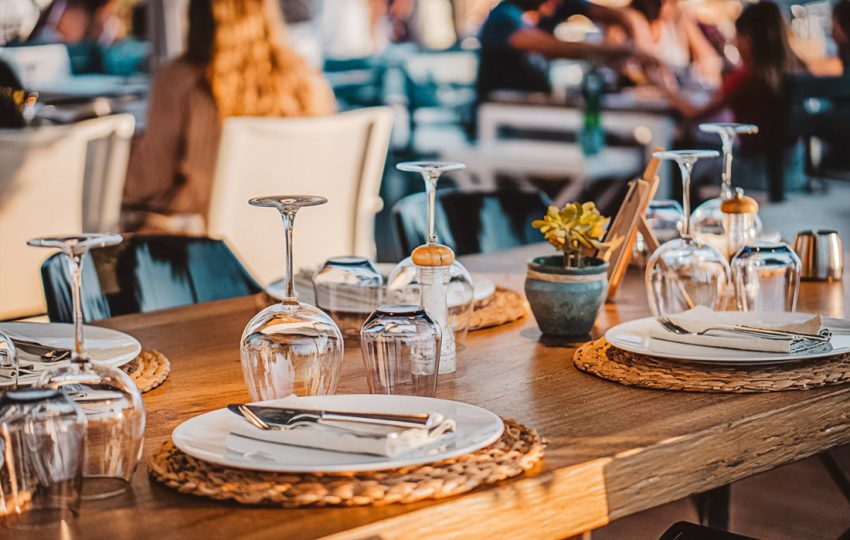Psychological science asserts that first impressions occupy a central place in forming a perception of a restaurant. Every element of design and every employee acts as a key factor, composing an overall picture. As soon as the guest steps over the threshold of the establishment, he is greeted by warm greetings and the aesthetic composition of the environment. According to statistics, 10 to 15 seconds is enough for guests to form opinions about the restaurant. It is critically important that light, aromas, and sound in the interior weave into an impressive symphony.
First meeting: How entrance doors greet guests into a world of hospitality

Greetings from the hostess or administrator who performs the role of the first step on the way to an extraordinary visit. This includes not only politeness but also elements of non-verbal communication — smile and direct eye contact. According to data from cognitive psychology research, up to 75% of positive impression is formed in the first minutes, and they increase chances of client return by 40%.
Art of communication: When employees become masters of interaction

Communication between staff and guests should be more than just informative — it should be inspiring. Every word and every gesture enhance emotional undertone of communication. Politeness, attentiveness and willingness to help remove barriers and attract clients on emotional level. More than 60% of guests return to establishments, where staff demonstrates high level of empathy and active listening.
Employees should possess skills, which help create personalized experience for guests. This creates trust relationships, and such connections between guest and staff can increase likelihood of repeat visits by 25%. Every gesture, from calm movement of work schedule to friendly interaction, enhances overall atmosphere.
Final chords of visit: Psychology of payment procession and goodbye

Past impressions tend to merge in the background of current events, but in the case of a restaurant, concluding moments can remain blocked, determining the overall impression. Convenience and promptness in the payment process are often perceived as a canvas of establishment professionalism. If the entire process, from receiving the bill to the farewell word, goes smoothly, this increases the likelihood of a positive appeal. About 70% of positive reviews about the visit experience are directly related to the experience of completion.
Psychologists assert, that last interaction leaves lasting trace in consciousness, determining final impression. Participation of employees in guest’s emotions raises level of satisfaction, which in turn contributes to return and recommendations. Such details lay foundation for long-term client loyalty.
How success leaves a trace: Strategies successfully retain guests

Restaurants, using strategies of increasing satisfaction at departure stage, often maintain high review rating. Use of personalized goodbyes, with sincere addressing guests by name, fuels strong relationship to brand. Such measures, as offering compliments or open discounts for future visits, increase client return by 30%. What supports sense of importance and value in guests.
These strategies, according to psychological research, create long-term memorization of positive emotions. More successful establishments understand that creating emotional connection — is key to a reliable and prosperous future.
Avoiding pitfalls: How to maintain a high standard of departure quality
Mistakes at departure stage, such as delay with bill submission or inattention, can easily ruin impression. According to statistics, up to 20% of clients do not return due to unsuccessful moments at departure stage. Solution can be technological innovations, such as mobile applications for contactless payment — they reduce waiting time and minimize errors.
Training of employees in conflict management skills and attention to details reduce likelihood of negative cases. The constant striving for improvement of service quality is key to successful client retention and the formation of their loyalty.
Every element of interaction, from first impression to confident goodbye, — is opportunity not only to attract client, but also significantly increase his likelihood to return again.
